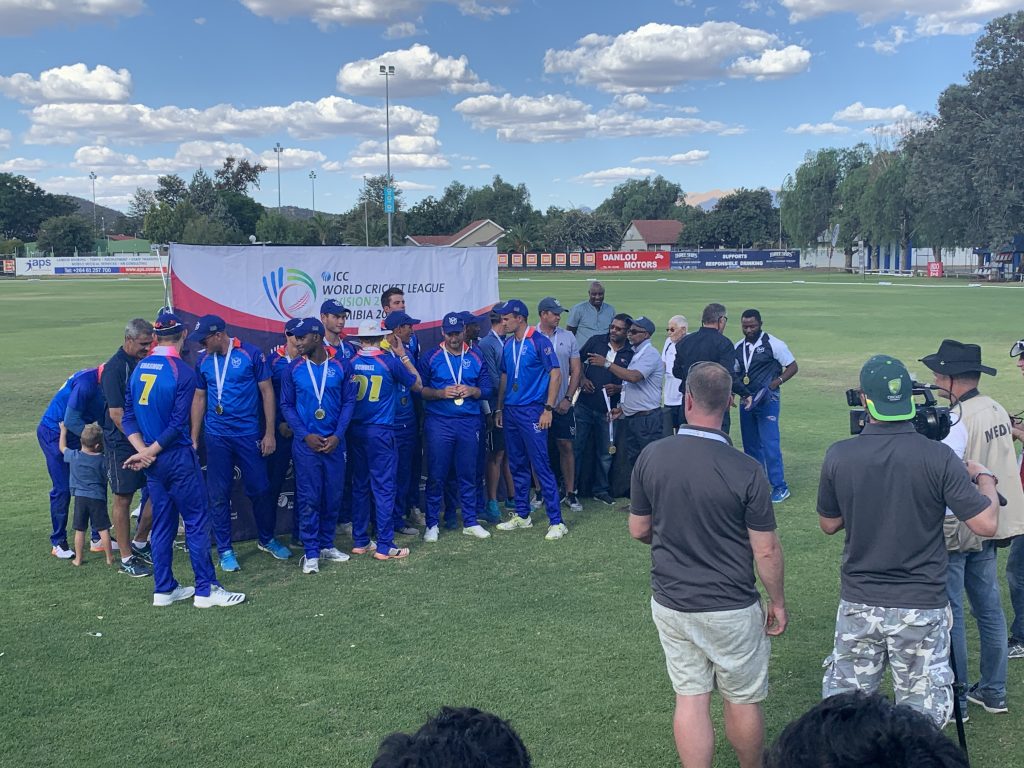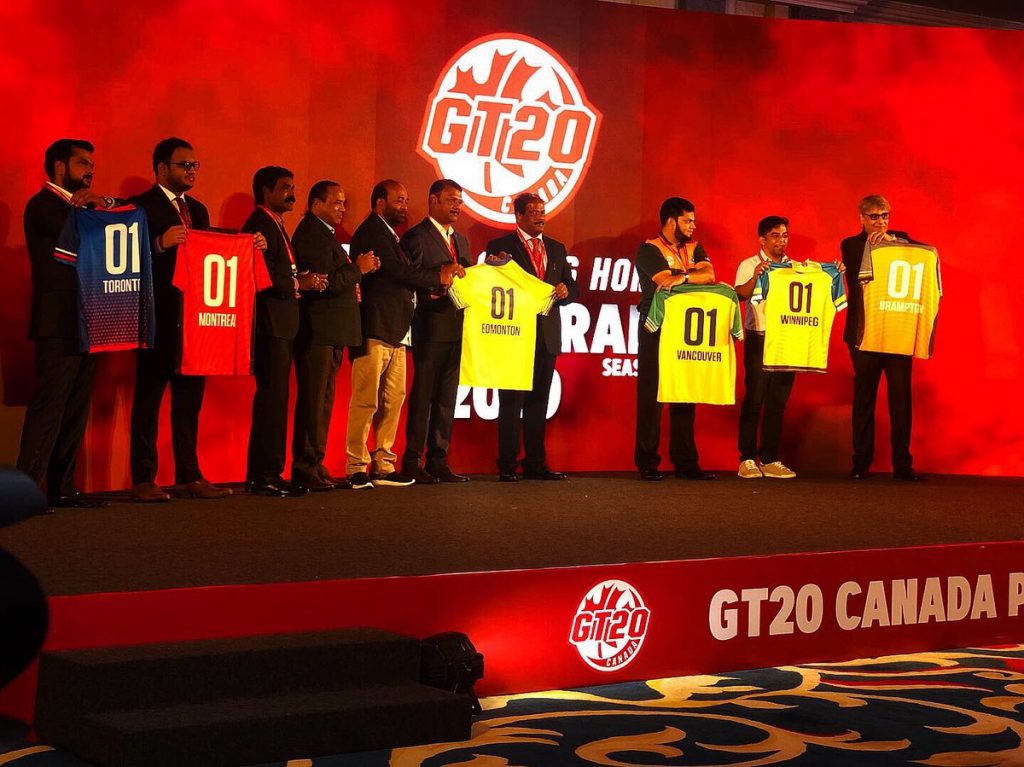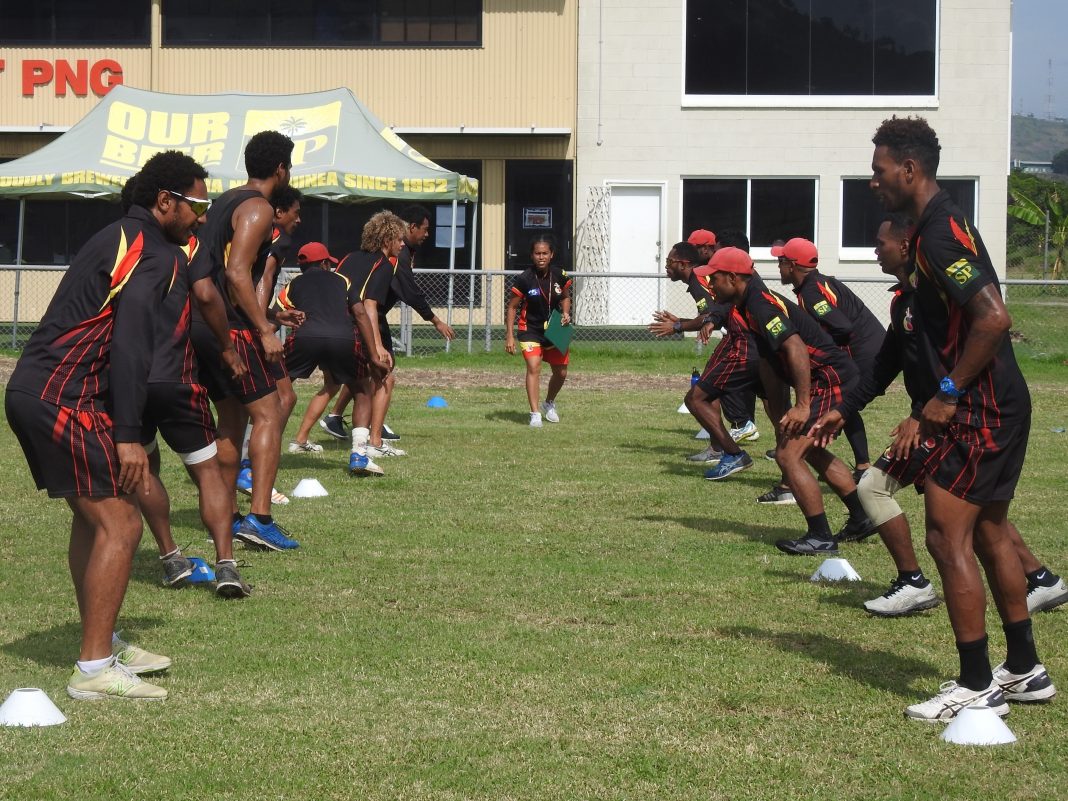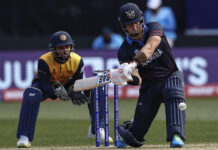Looking around the world of professional sportspeople, high-profile athletes are unable to comprehend the life they now live. Deprived of the one thing they’ve devoted decades to, they are disillusioned, bereft of ideas to pass the time.
Giving up the chance to develop other life skills for the eternal glory of lifting a trophy and earning squillions, by the time they retire, sportspeople struggle to comprehend day-to-day activity, and battle in the next chapter of their life. In 2020, athletes in their pomp are now peering into a dim version of their future.
For cricketers though, a level perspective on life is ingrained in the sport. No one rules the roost forever – success in one innings does not guarantee a score in the next knock. Steven Smith in his swashbuckling fashion looked impenetrable in England, only to be brought undone by Pakistan at home. For David Warner, the inverse was true. A toiling effort with the ball sometimes goes unrewarded, but anyone can clean up the tail and pad the stats. It’s a cruel lesson through cricket that life is not always fair.

For players from Associate members, there is perspective not just within the game, but also the relationship they have with it. Sat on the fringes of professionalism, the game and its power brokers have largely failed to bring Associate cricket into modernity. Despite the advent of franchise cricket, the game has largely failed to bridge the gap. Relative to skill level, a small percentage of cricket’s talent are professional in comparison to other sports. Of those in the minority, only a fraction are earning figures close to counterparts in those other sports. It’s a concern considering the lucrative profits and television rights deals thrown around for the modern game, and compounded by the concentration of that money being held by the so-called ‘Big 3’.
Outside a few exceptions, like Sandeep Lamichhane and Muhammad Ali Khan, Associate cricketers are yet to profit from the game’s movement into the 21st century. Canada’s Global T20 and the Euro T20 Slam promised positive changes, though failures in the running of both competitions left over 100 cricketers out of pocket. Fixated on filling the pockets of Full Member players in the twilight of their career just in another location, G.S Holdings and the Bombay Sports Company’s mismanagement of both tournaments pushed the development of cricket both in Europe and North America back. National boards who bought into the two concepts were left to pick up the pieces. Cricket Ireland, who had experienced a nightmare 2019 even before the Slam cancellation, was arguably the biggest loser.

The silver lining in all this is that Associate cricketers, after last year’s debacles and weathered by growing in the game without a silver spoon in their mouth, means they have outlook in this pandemic storm. Central contracts for players around the circuit are a relatively new concept, and a poor run of results on the field has ended with a loss of income. The cut-throat nature of the old World Cricket Leagues meant countries fought tooth and nail to stay afloat. Tumbling down the divisions, in turn, led to a downward spiral off the field, a fate all too real for countries on the fringes. Kenya’s crash after their soaring 2003 World Cup is the prime example.
Many Associate cricketers hold a day job to continue a rare normality for international sportspeople, a weapon in a time like this. Cricket is rarely the dominant source of income, and backup plans are formed if things don’t pan out. Canada’s Romesh Eranga is a physio. Gerhard Erasmus studies law at Stellenbosch University and curiously, the recently retired Scott McKechnie, who kept wicket for Hong Kong, was doubling as the Director of Cricket at the Singapore Cricket Club. The unpredictability of Associate cricket forces flexibility, and a run can be the difference between millions in ICC funding, and a national board left with next to nothing. Just ask Papua New Guinea and Canada at World Cricket League 2 last year.
Associate cricketers are some of sport’s great improvisers. Never graced with world-class facilities, even turf wickets are a privilege in some corners of the world. Some have manufactured techniques from other sports, though every player is a product of their environment. So, even in lockdown, players in the emerging game continue to manage with the resources they have. For Papua New Guinea’s Charles Amini, things aren’t too different.
“I’d say it’s pretty similar to what we do. The only difference is the responsibility of doing everything right without anyone watching. We have a WhatsApp group as well so all the boys put down their times and rounds and try to compete who’s got the best time at the end of the week so at least we’re still pushing ourselves.
“I think we’re just waiting for our government and sporting fraternities to give us the green light to go back to normal training and that’s when our preparations begin. At this moment we’re going one day at a time until this whole pandemic is over.”
The Dutch are carrying out similar plans, with Roelof van der Merwe posting his run to Twitter.
Scottish skipper Kyle Coetzer is using items around his backyard for training, though all-rounder Oli Hairs took improvisation to another level, jumping on a rowing machine in full kit.
For the Namibian team, they carried out group sessions as late as last week, though with restricted lockdown coming, training has now moved to live Facebook sessions.
“We have a team cardio and training session on a live Facebook session each morning, and then we are provided with certain fitness challenges by our Strength and Conditioning coach on a daily basis where we should either film it or provide the time of the exercise on the group, and then we compete against each other to make it fun,” says opening batsman Stephen Baard.
“We are also having live chats in terms of planning and building our team culture, getting everyone involved and staying in touch as a team.”
The difficulties of honing batting technique at a time like this are expected, though the Namibians have come up with ways to keep their eye in.
“Some players have family members giving them underarm throws to keep hitting balls into the ground and feeling bat on ball,” Baard continues.
“Personally, I have been placing cricket balls on cones and then training certain shots and maintaining my position.”
With both Namibia and PNG in the boat of the new Cricket World Cup League 2 (the pathway to the 2023 World Cup), and building up to a T20 World Cup in October, the uncertainty of the schedule also keeps players on their toes. ‘Momentum’ was a keyword for Namibian coach Pierre de Bruyn in their near-perfect run of form in 2019, and for Baard the time spent preparing can help in the long-term, without looking too far forward.
“At the moment we are constantly talking about how we need to keep improving and building for the World Cup. We however know that there are still a lot of series and tours before the World Cup so we are not getting ahead of ourselves.”
Papua New Guinea, who have failed to get out of the blocks in League 2, aren’t shying away from their 50-over frailties, even with a World Cup on the horizon according to Amini.
“We’ve lost eight from eight and with the World Cup still seven months away our focus is still on 50-over cricket. We’ve worked really hard to be where we are with T20 and although there are still a lot of things to improve on we try to focus on one goal at a time.”
Dealing with 2020’s COVID-19 pandemic is no exception to the rule that players in the emerging game are able to adapt and overcome. For those with their world-class, Full Member facilities closed and out of reach, maybe now is the time to be inspired by those on the game’s fringes.
In these times of uncertainty, who better to look to than those who have achieved great things in the emerging game with one hand tied behind their back. They’re the ones who have pulled off the incredible without the money, without the resources, and without a leg up from the game’s governing body.
Keep up with the emerging game through our Facebook and Twitter pages.
Looking for audio content on the emerging game? Add the Emerging Cricket Podcast to your favourites on Apple, Spotify and Podbean.
Want extra Emerging Cricket content? Contribute to the Emerging Cricket Patreon cause from as little as $2 a month. Sign up here!







